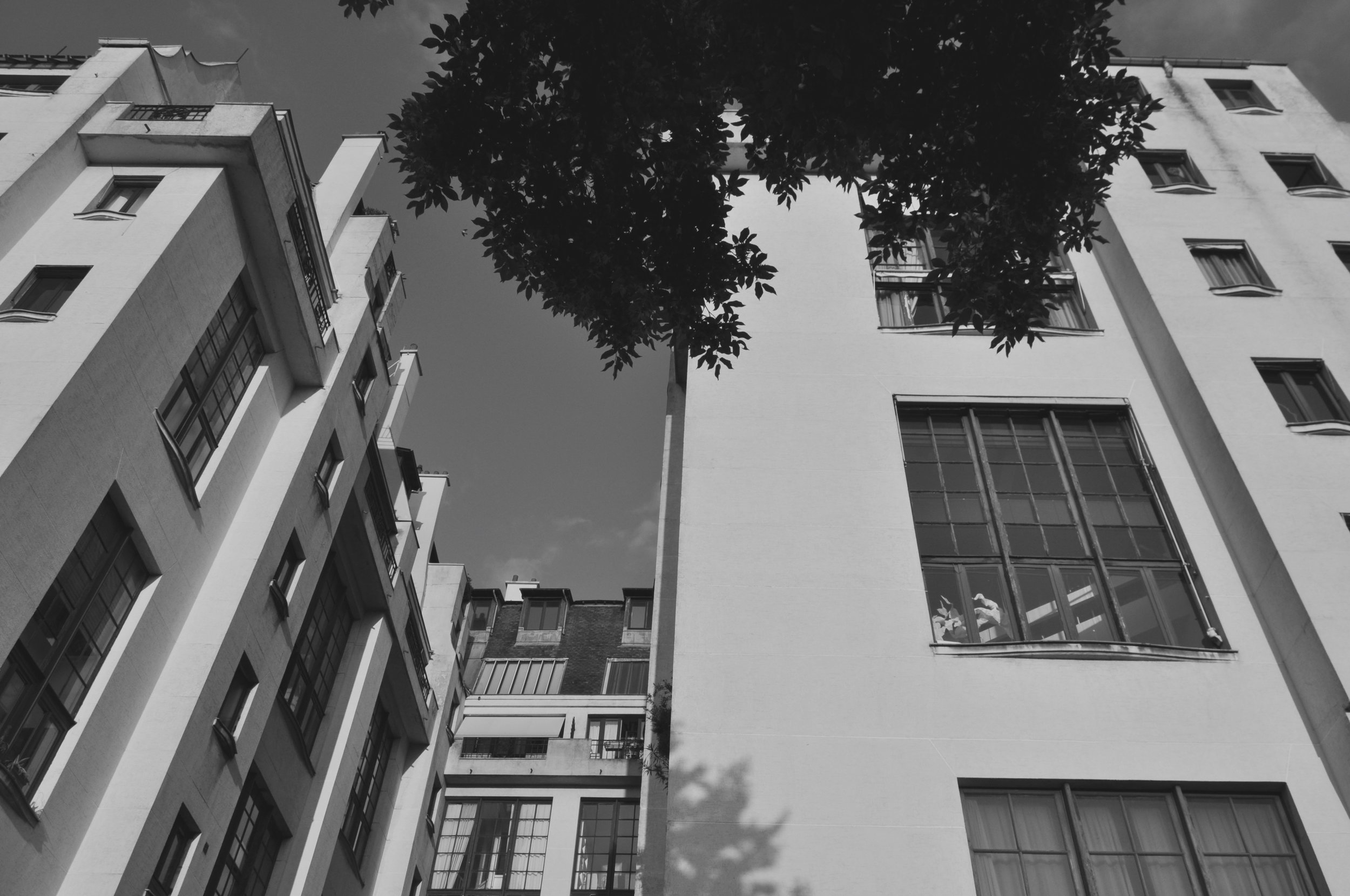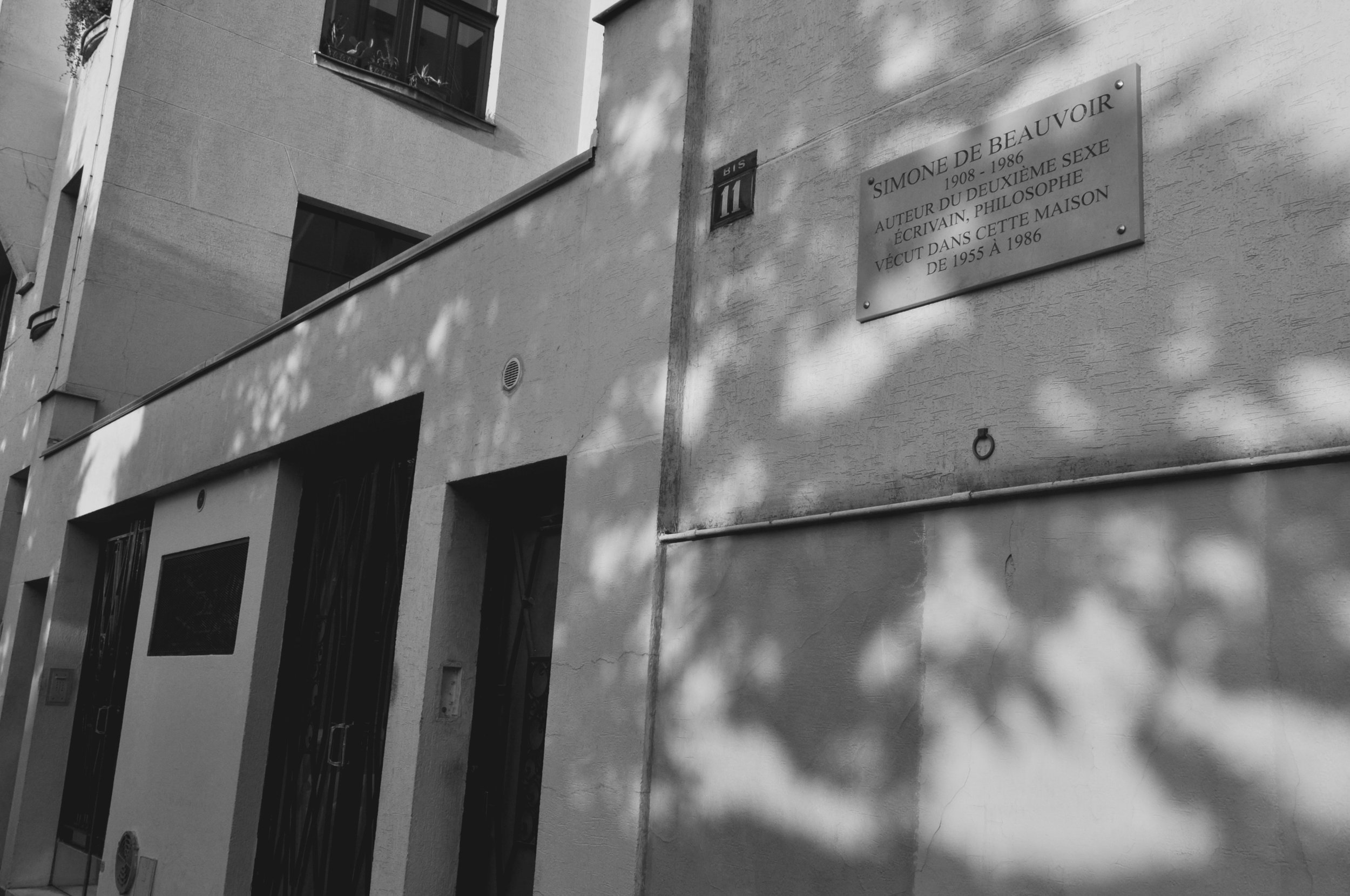Evocations of Being
Shari’ati’s formative years in Paris is a time period he often re-visited in his writings after his return to Iran in 1964. His ‘becoming’ was not confined to geographic location, time, people, and other elements of individual experiences. Shari’ati daringly crossed the constructed boundaries of time and place and created a space where different cities, people, and memories were blurred into his everyday reality.
Musée Rodin
Address: 77 Rue de Varenne Paris 75007
In a short piece, The Pleasant Origins of a Soul’s Existence (Masdarhayeh Khoubeh Zendegīyeh Yek Rouh) Shari’ati listed personalities and natural elements that embody the meaning of loyalty. One of personalities he named was the sculptor, Rodin. This short piece is a meandering chain of gerunds in which Shari’ati nostalgically expressed his political, spiritual, historical, and everyday inclinations.
Reference: Shai’ati’s Masdarhayeh Khoubeh Zendegīyeh Yek Rouh has not been published in any of his collective works. Soussan, Ali Shari’ati’s daughter, shared this piece with Maryam.
Saint-Bernard de la Chapelle
Address: 1 Rue Affre Paris 75018
In The Pleasant Origins of a Soul’s Existence, Shari’ati yearningly revealed that “if I only had a year left to live, I would want it to be in Paris’s Lacroix, next to the divine and beautiful Saint de la Chapelle Church and would want to experience the taste of freedom and freedom and freedom once again.”
Shari’ati’s Clichy apartment—also Chandel’s apartment—was on Rue Lacroix. There are a number of possibilities and we are uncertain about the exact location. However, Saint Bernard’s geographic location (near Barbès and a park with green benches) and nominal proximity to Rosas de la Chapelle suggest that he is most likely referring to the Church of Saint Bernard de la Chapelle in the 18th arrondissement.
Reference: Shai’ati’s Masdarhayeh Khoubeh Zendegīyeh Yek Rouh has not been published in any of his collective works. Soussan, Ali Shari’ati’s daughter, shared this piece with Maryam.
Eiffel Tower
Address: 5 Avenue Anatole Paris 75007
In a chapter titled, Ma’bad (temple) in his book, KavĪr, Shari’ati wrote, “the tall and beautiful Eiffel Tower—its miraculous art enchants my eyes—is visible at a distance across the banks of the Seine. But the beam that repeatedly and tirelessly rotates atop of the tower at night and lights up my dark room of solitude with its dazzling ray of light has been turned off for some time now. Oh, how in the stature of this iron tower; in every moment I see more; in every blink I see brighter, the golden minaret of the temple. The call to prayer emerges from the distant dawn in the east, as if it’s uttered by the tower.”
Reference: Shari’ati, Ali. Kavīr. Tūs Publication, p. 279.
Simone de Beauvoir
Address: 11 Rue Victor Schoelcher Paris 75014
As Shari’ati wrote about the temple in Ma’bad, he mentioned one of his idols: “I saw the candle’s [sham’] tremulous and sorrowful flames burning in the niche in the wall [mihrāb] of the temple from the window of my room of solitude (which is in Sartre’s neighborhood).” In a footnote for “in Sartre’s neighborhood” he explains that, “Sartre and Simone de Beauvoir—his like-minded partner [hamdel], not his spouse [hamsar] (they aren’t married), lived on Rue Schoelcher.” Shari’ati’s Montparnasse apartment was located on Rue Victor Schoelcher.
Reference: Shari’ati, Ali. Kavīr. Tūs Publication, p. 299.
Place Blanche
Address: Boulevard de Clichy 75018 Paris
In this section of Ma’bad, Shari’ati described the temple’s different rooms. He explained that the living room, dining room, and bedroom had framed portraits of artists from Farsi, Arab, Hindi, and sometimes Western movies. He named a few of those artists: “Marlene Dietrich, Jayne Mansfield, and Johnny Hallyday, from the Place Blanche gang [bachehāyeh place blanche].”
Reference: Shari’ati, Ali. Kavīr. Tūs Publication, p. 298.
Note: The reference to bachehāyeh place blanche is unclear to us.










